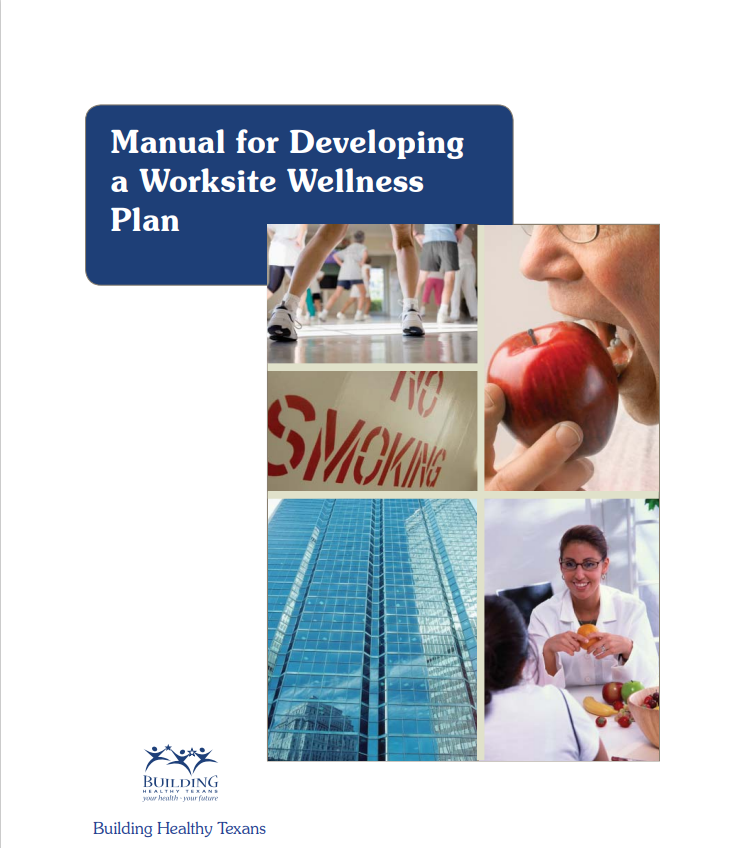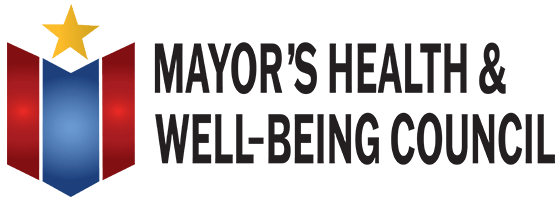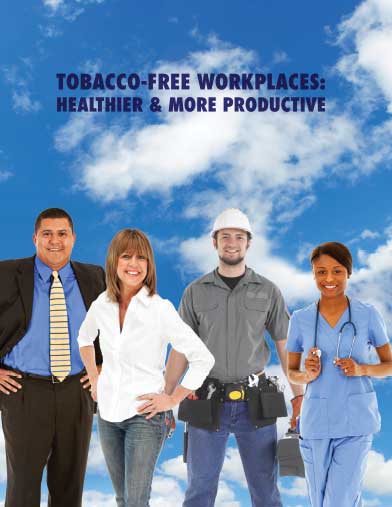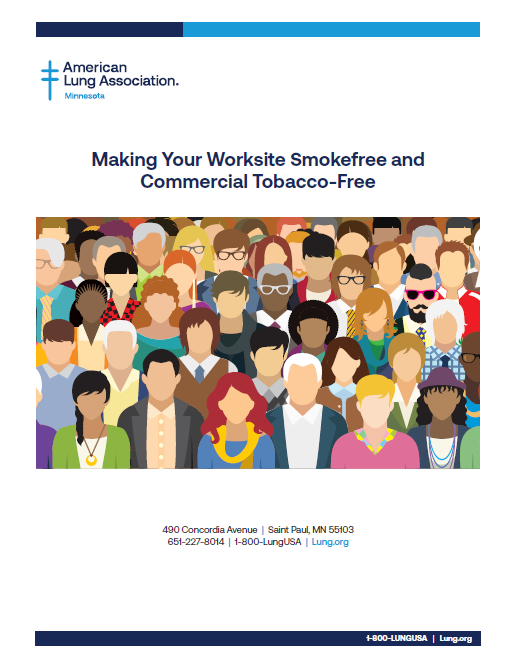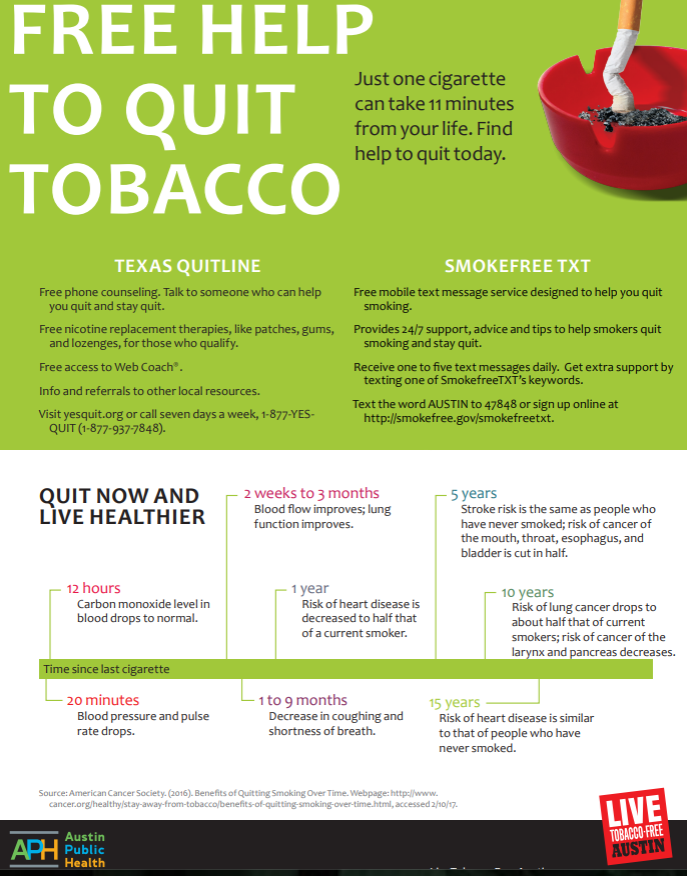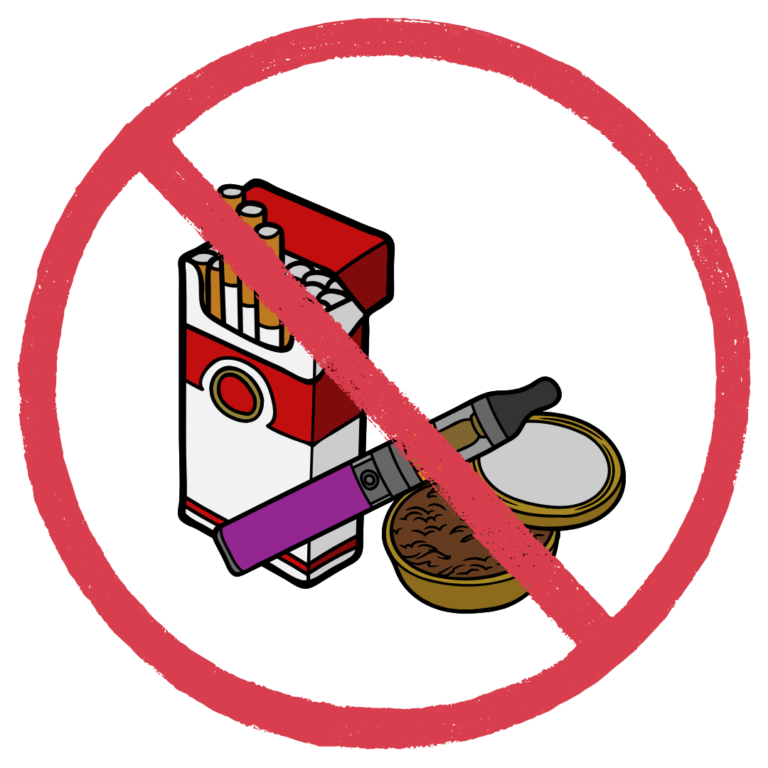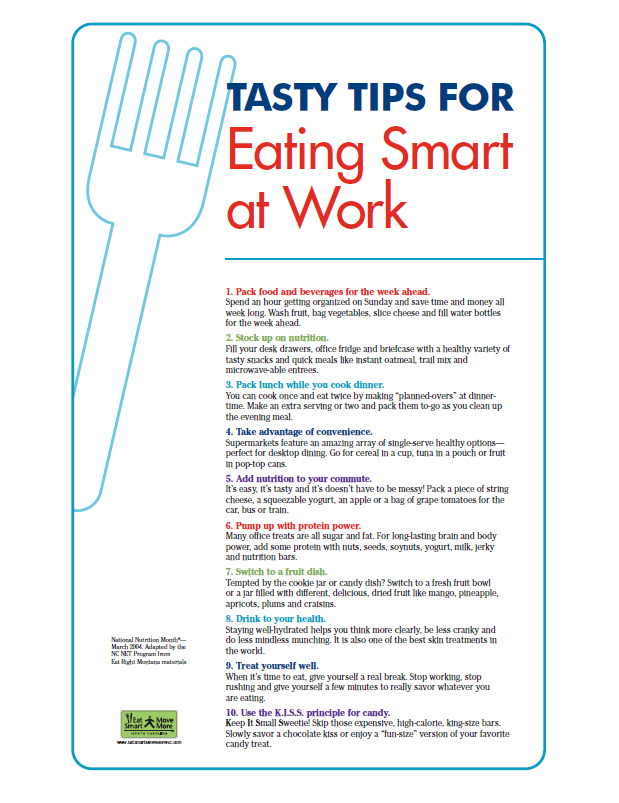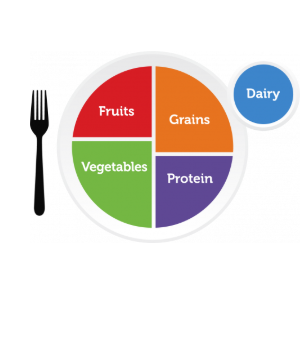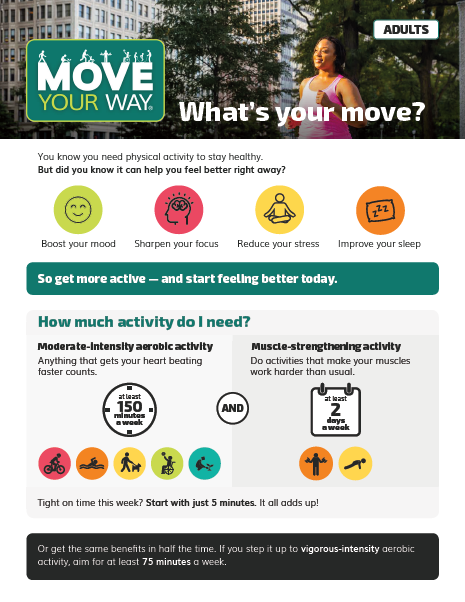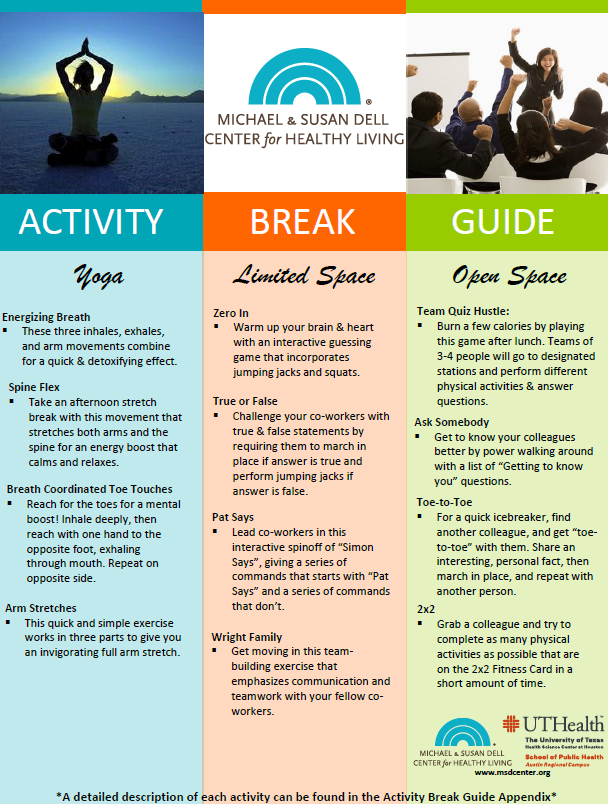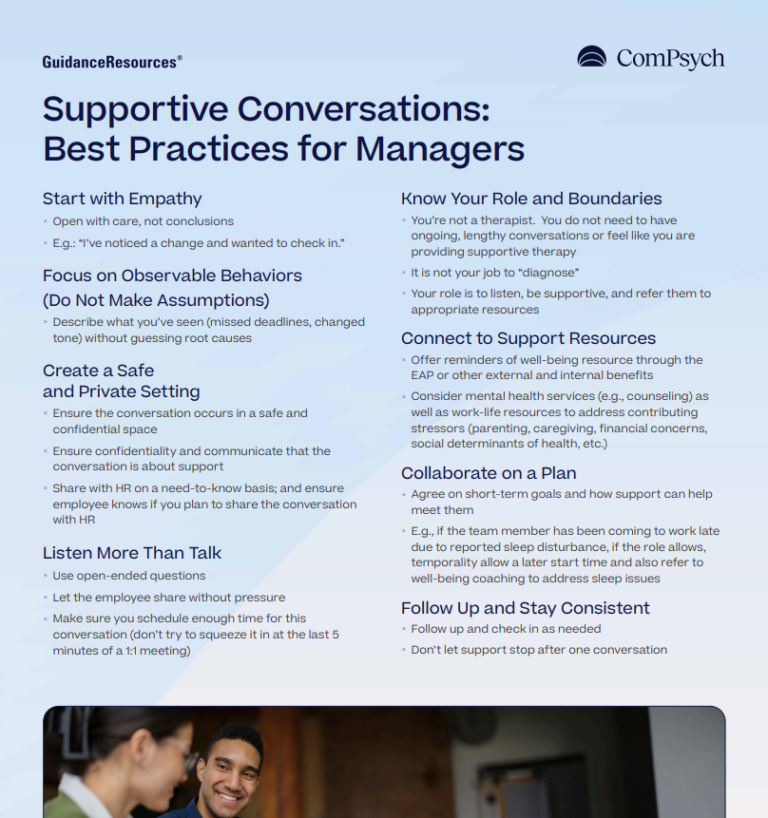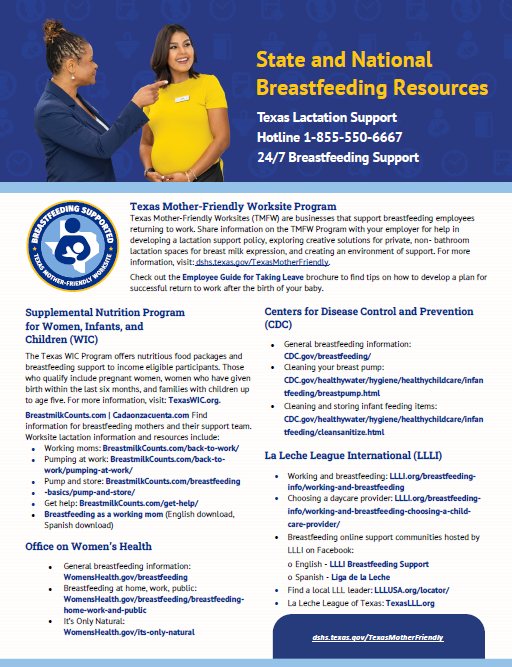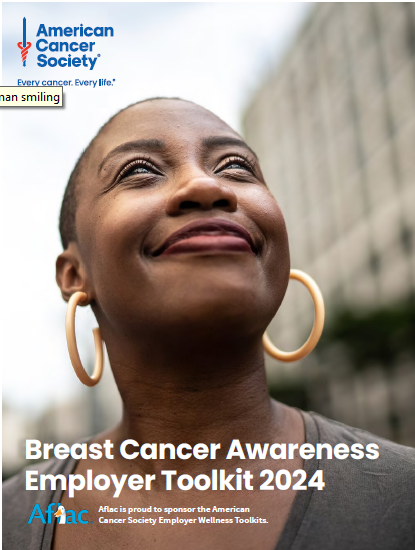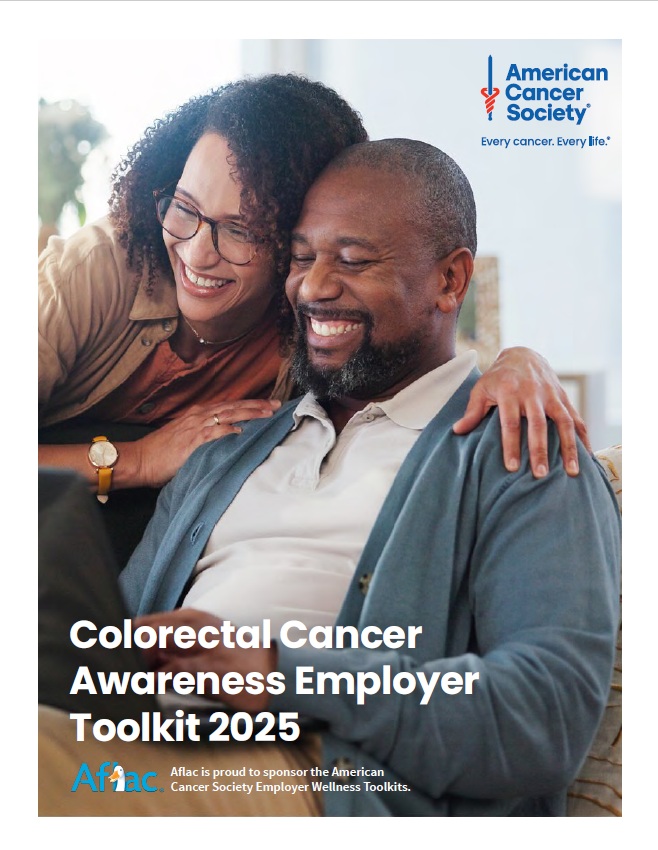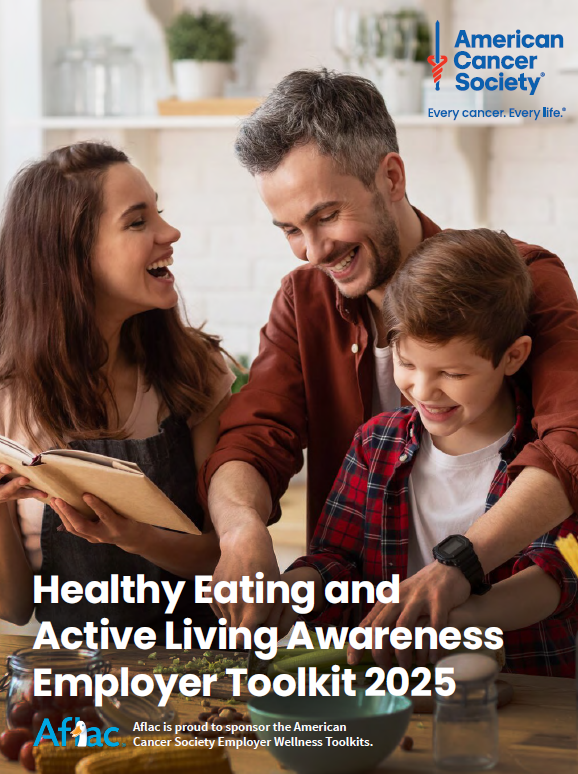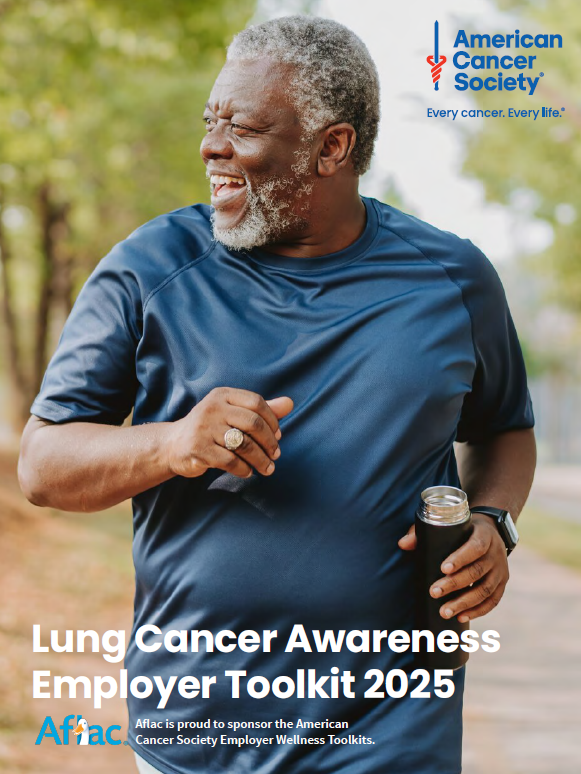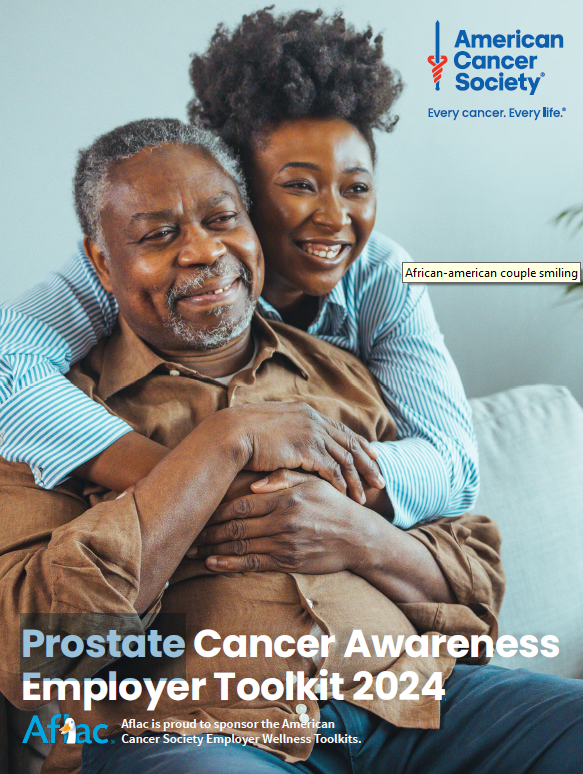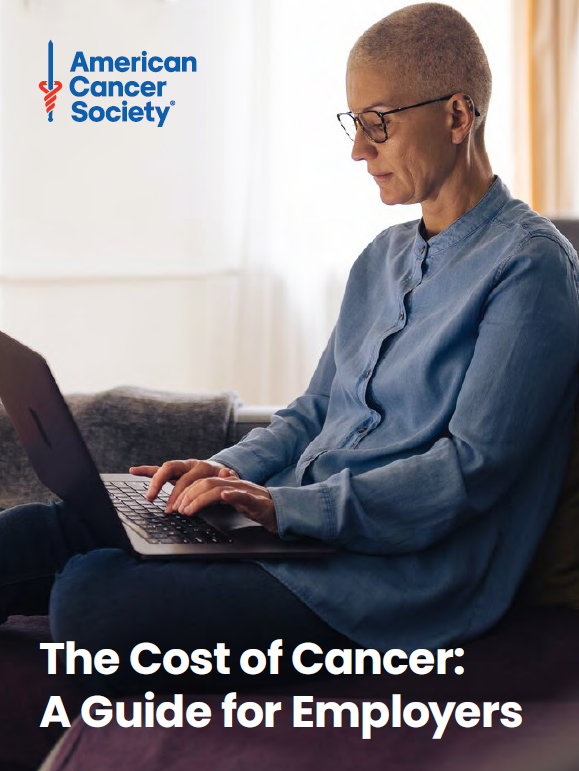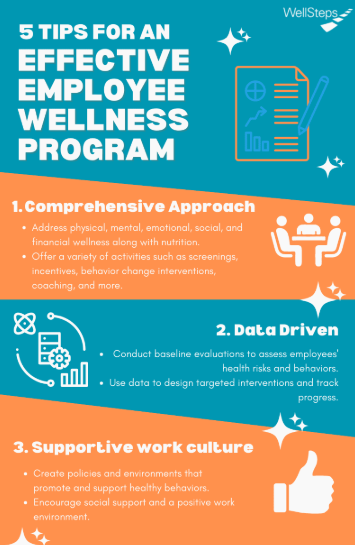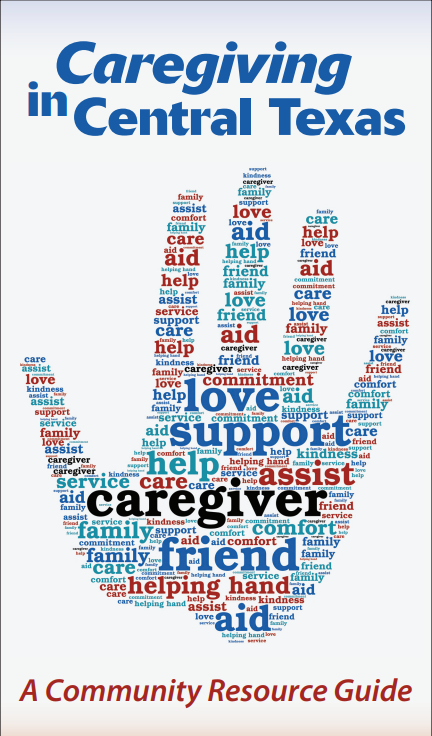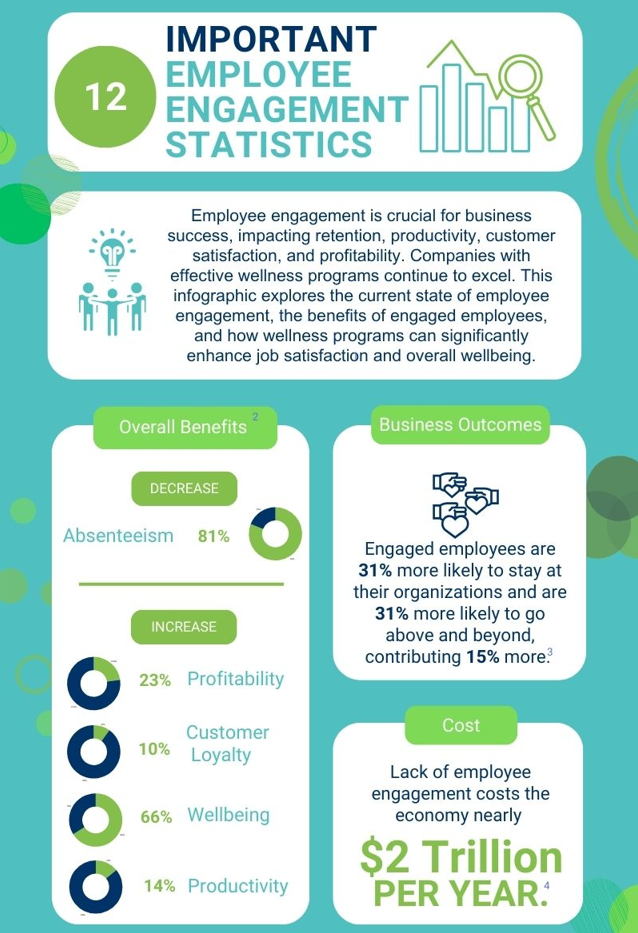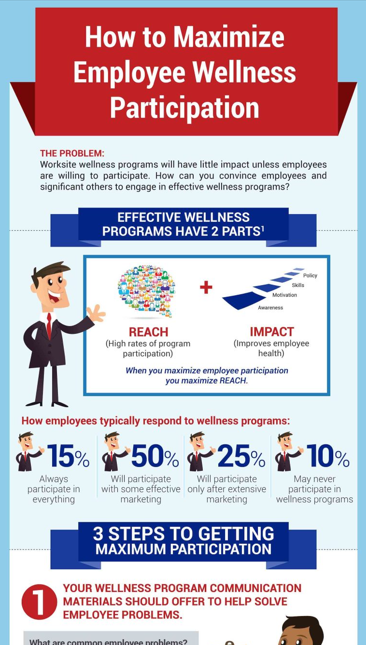Workplace Wellness Resources
Wellness programs in workplaces are essential for encouraging healthier lifestyles among employees, contributing to a healthier community overall. These initiatives typically offer activities and resources focused on enhancing physical, mental, and emotional well-being. By promoting a culture of health, organizations can boost employee morale, reduce stress, and increase overall job satisfaction, ultimately benefiting both the employees and the organization.
Why implement wellness into the workplace?
Many health problems were once thought to be unrelated to work, but this is not the case. While some health conditions may not originate from work, they can certainly be influenced by it. Workplace risk factors contribute significantly to numerous health issues faced by community members. These risk factors can lead to conditions such as:
- Stress
- Depression
- Obesity
- Sleep disorders
- Cardiovascular disease
Below you can find many helpful resources including workplace toolkits, flyers, fact sheets and web links.
Tobacco-Free Living
Nutrition
9 Hacks to a HEalthier Meeting or Conference
Center for Science in the Public Interest
Making catered meetings and workplace events healthy is a simple and quick way to ensure your employees are getting the nutrients they need to work hard!
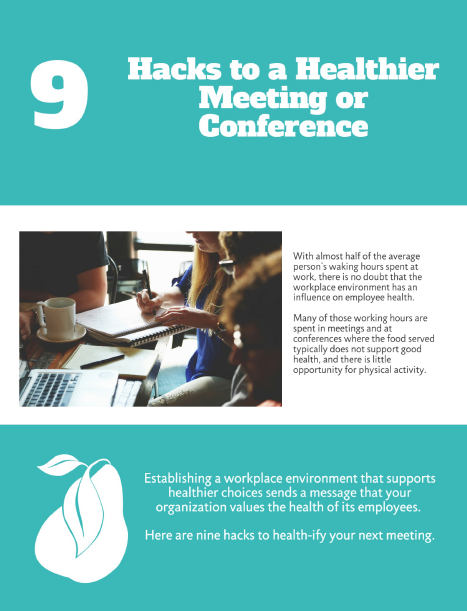
10 Tips to Build a Healthy Meal
USDA
Think about how you can adjust the portions on your plate to get more of what you need without too many calories.
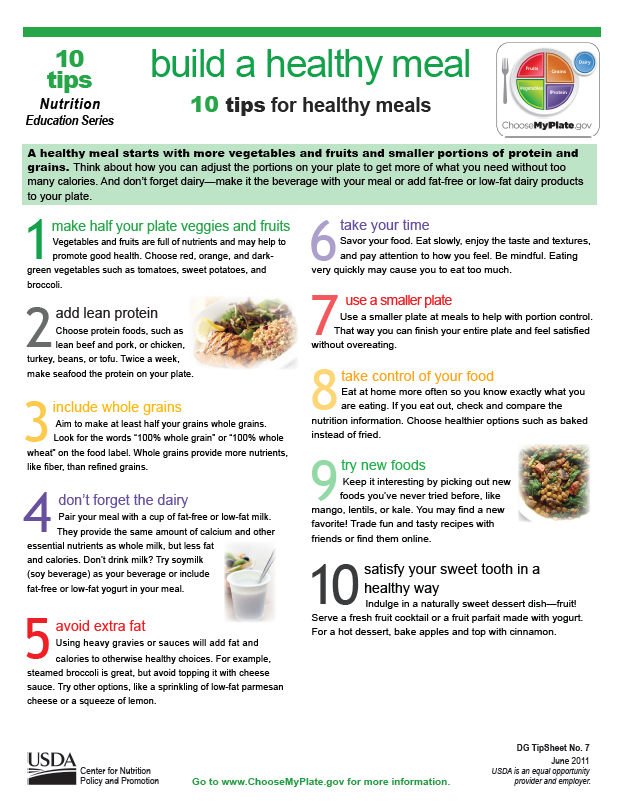
Healthy Eating in Worksites: Food Service Guidelines Presentation Slides
DSHS
Implementing small changes in the workplace can help improve the eating environment for employees to make healthier choices for themselves.
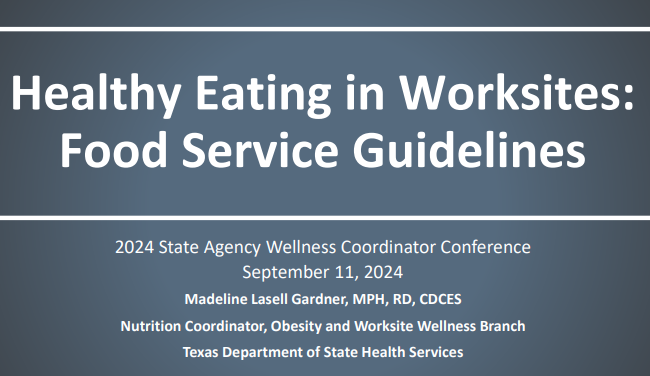
Smart Food Choices: How to Implement Food Service Guidelines in Public Facilities
Centers for Disease Control & Prevention
Making changes in the types of food and beverages available in these settings can improve the diets of people who eat there. This guide can help you implement food service guidelines to provide and promote healthier choices in your agency and partner
agencies.

Check for The Heart-Check Mark
American Heart Association
The Heart-Check mark is a simple tool to help you eat smart. When you see if, you can be confident that a product aligns with the AHA's recommendations for an overall healthy eating pattern.
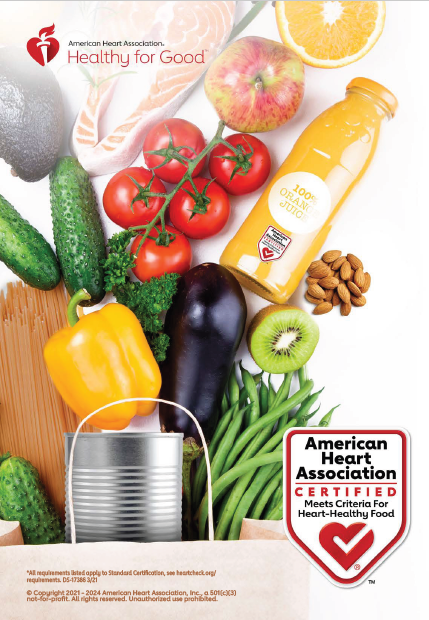
Dietary Guidelines for Americans, 2020-2025
USDA
The foods and beverages that people consume have a profound impact on their health. The information in the Dietary Guidelines is used to develop, implement, and evaluate Federal food, nutrition, and health policies and programs.

Model Beverage and Food Vending Machine Standards
National Alliance for Nutrition & Activity
These vending machine standards were developed to provide a model for municipal, state, and federal government leased or operated vending machines or vending machines on public property, as well as hospitals, private workplaces, and others to support the health of employees and visitors.

Healthy Food & beverage Toolkit
Amercian Heart Association
Making healthy changes in the workplace — where many adults spend much of their day — is an important way to encourage people to choose nutritious foods. This toolkit is designed for anyone involved with purchasing foods and beverages, from the office vending machine to an off-site special event involving catering for an organization.
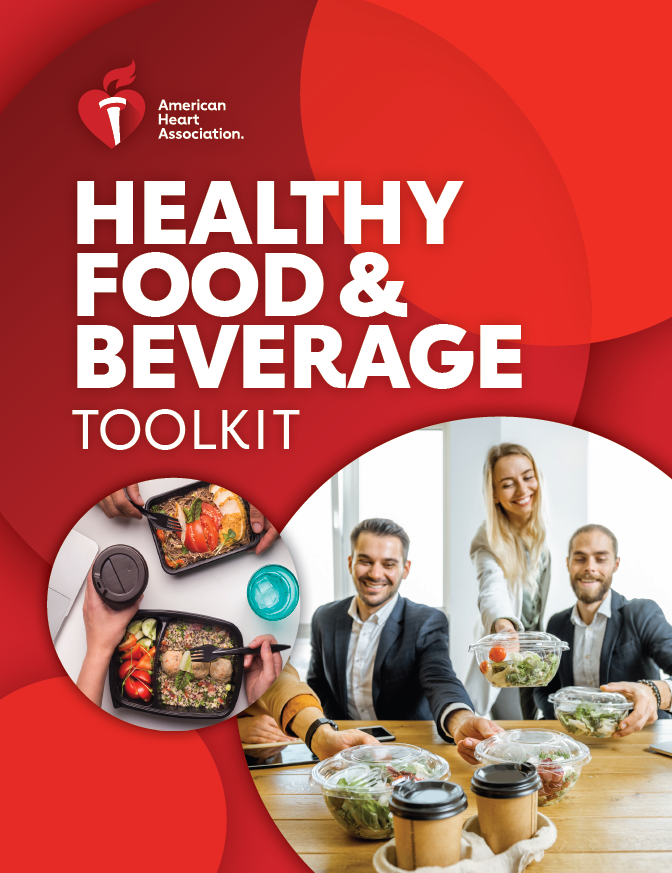
Effectiveness of Nutrition and Health Intervention in Workplace Setting
Journal of Public Health Research
This research looks at how workplace health and nutrition programs help workers stay healthy and productive. It reviews different programs to see what works best and suggests ideas for future research to improve employee health and job performance.
MyPlate Plan
USDA
The MyPlate Plan* shows you what and how much to eat from the food groups over the course of a day. MyPlate Plans are available in multiple languages and have been culturally adapted to reflect the foods of these cultures.

50 Ideas to Get Involved in National Nutrition Month
Academy of Nutrition and Dietetics
March is national nutrition month and a great time to focus on the importance of healthy eating and making informed food choices. Here are 50 ideas on how to get your workplace, family, schools, and more involved in MArch!

National Nutrition Month Resources
Academy of Nutrition and Dietetics
Individual practitioners and organizations are welcome to download educational materials, including tip sheets, activity handouts, a PowerPoint presentation and proclamation templates, for educational, non-commercial use (i.e. "fair use").

Physical Activity
Physical Activity Guide for Americans
U.S. Department of Health and Human Services
physical activity fosters normal growth and development and can make people feel better, function better, sleep better, and reduce the risk of a large number of chronic diseases.
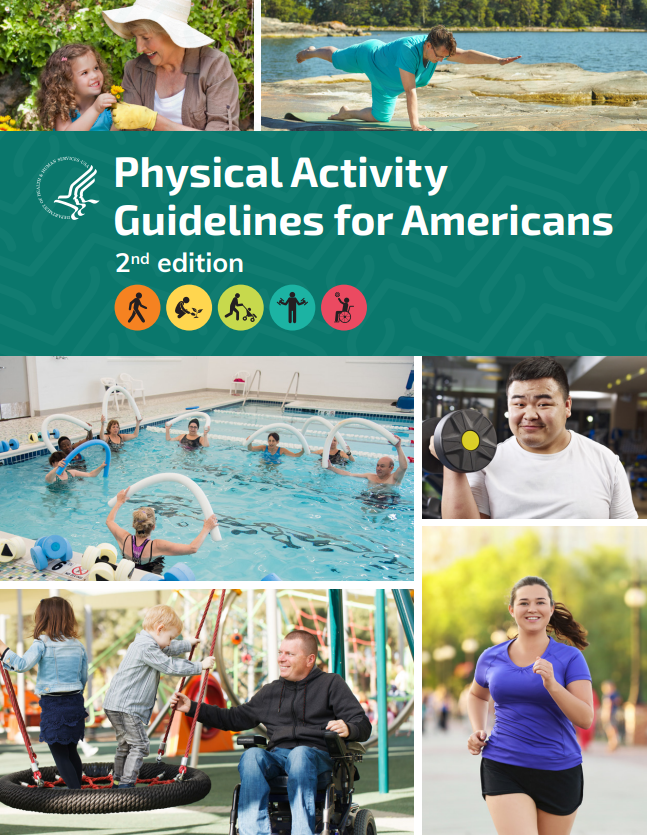
Physical Activity in the Workplace
Johns Hopkins Bloomberg School of Public HEalth
Increasing employees’ physical activity can create a healthier workforce, increase employees’ productivity, and decrease employees’ risk of developing costly and debilitating chronic diseases.
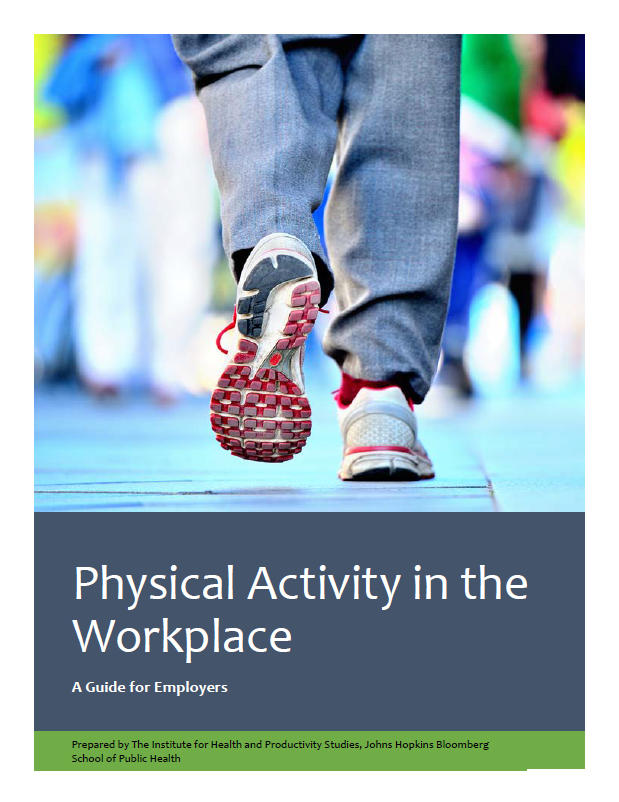
Steps to Wellness Guide, 2008
Centers for Disease Control & Prevention
The 2008 Physical Activity Guidelines for Americans was the first set of guidelines on physical activity released by the federal government. Being physically active is a key step that Americans can take to improve their health.

You Can Find The Time Physical Activity Flyers for the Office
Work Well
Flyers for the Office to promote getting up and active during the workday!

Workday Workouts
American Heart Association
Flyer for getting a mini workout in during the workday.
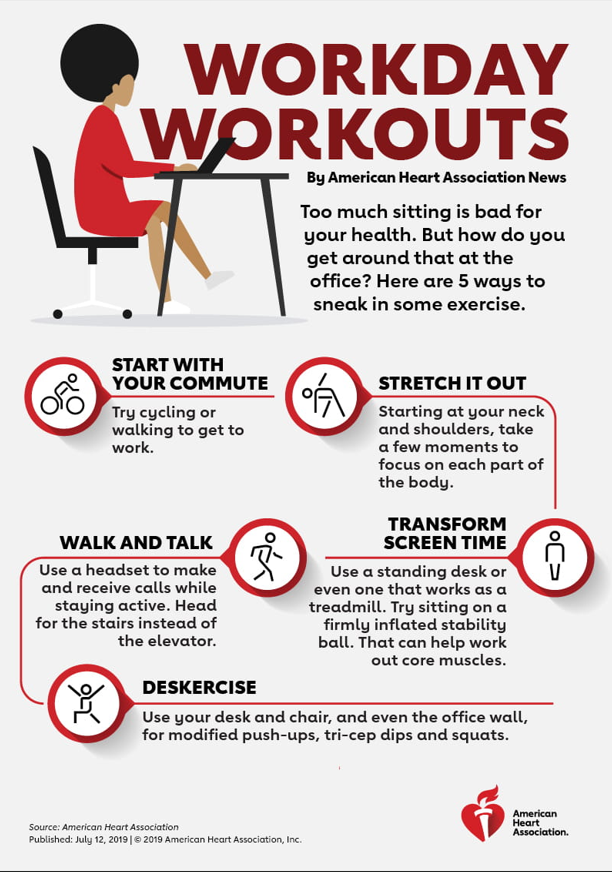
Move Your Way Campaign Materials
US Dept. of Health and Human Services
The Move Your Way® campaign provides free tools and resources to promote key messages from the Physical Activity Guidelines — including fact sheets, posters, videos, and interactive tools.
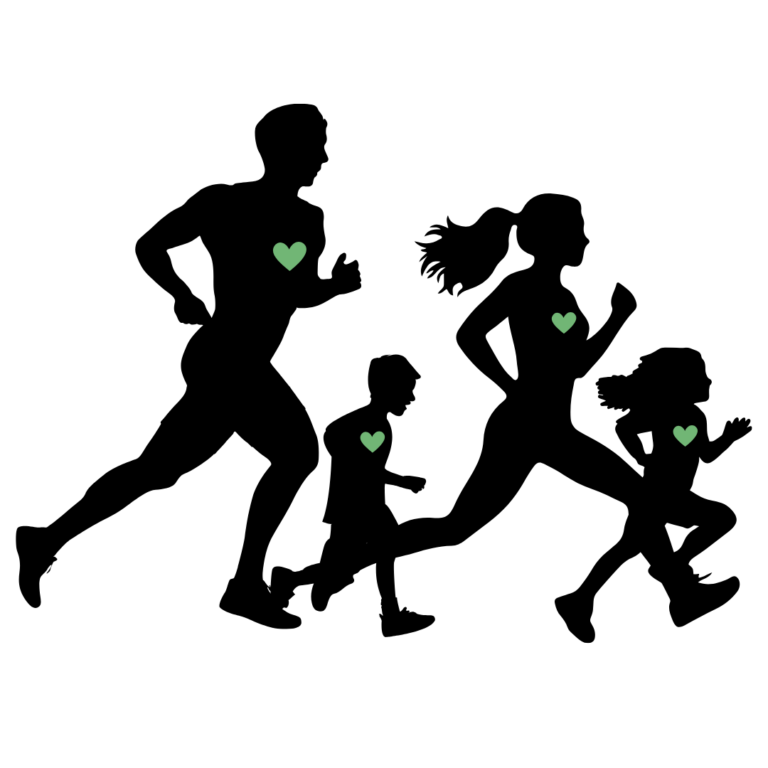
Move Your Way, Feel Better Fact Sheet (English & Spanish)
US Dept. of Health & Human Services
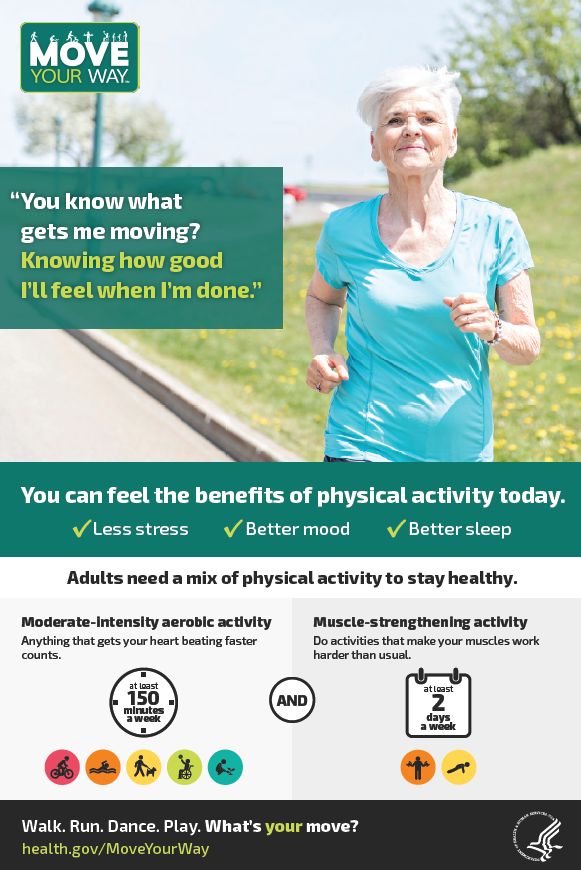
Move Your Way, One Step at a Time - Pregnancy Poster (English & Spanish)
US Dept. of Health & Human Services
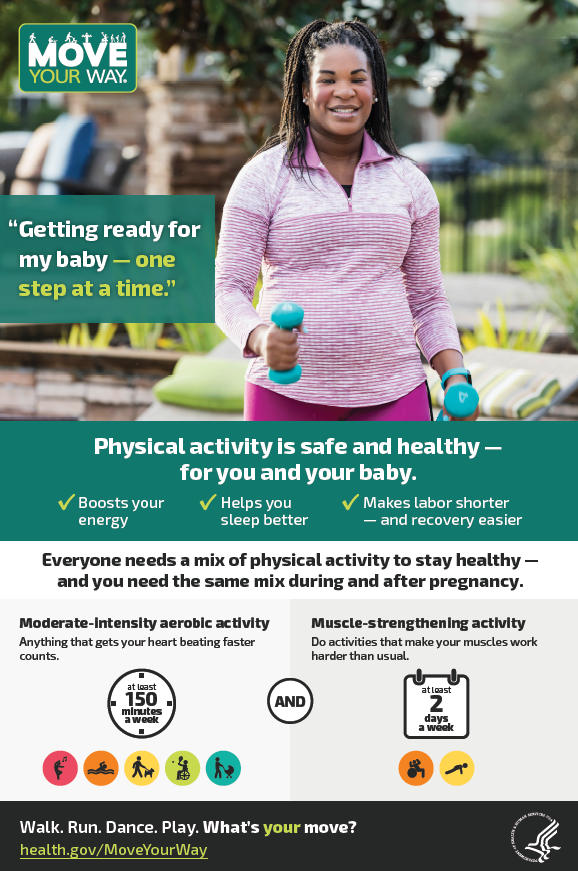
Active Workplace Toolkit
Oregon Institute of Occupational Health Sciences
The Active Workplace toolkit is a program to help reduce sitting time at work and to provide training to help managers and supervisors better support workplace safety, health, and well-being for their employees.

Diet, Physical Activity, and Healthy Living
American Cancer Society
Learn about the benefits of good nutrition, regular physical activity, and staying at a healthy weight. We also offer guidance and tips to help you choose healthier options.

My Austin Parks Guide - Central Austin Parks
PARD
An Austin Parks and recreation guide to Austin parks and their amenities.

My Austin Parks Guide - North Austin Parks
PARD
An Austin Parks and recreation guide to Austin parks and their amenities.
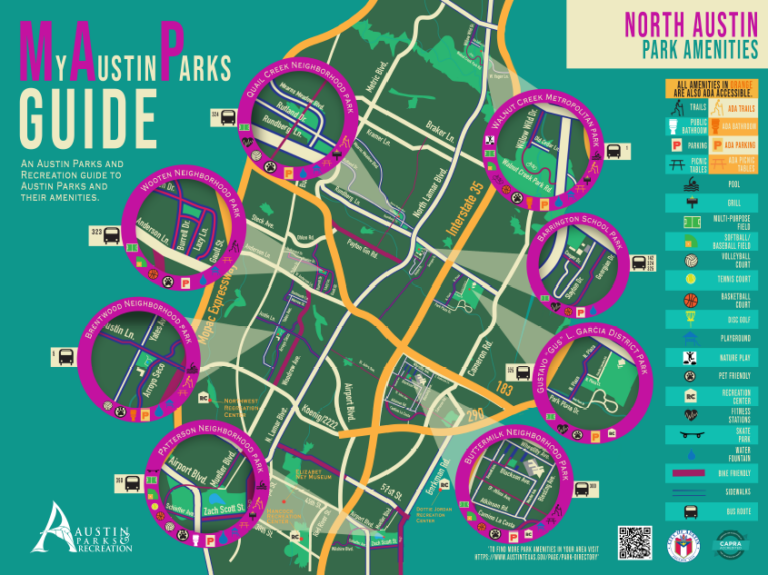
My Austin Parks Guide - Northeast Austin Parks
PARD
An Austin Parks and recreation guide to Austin parks and their amenities.

My Austin Parks Guide - South Austin Parks
PARD
An Austin Parks and recreation guide to Austin parks and their amenities.
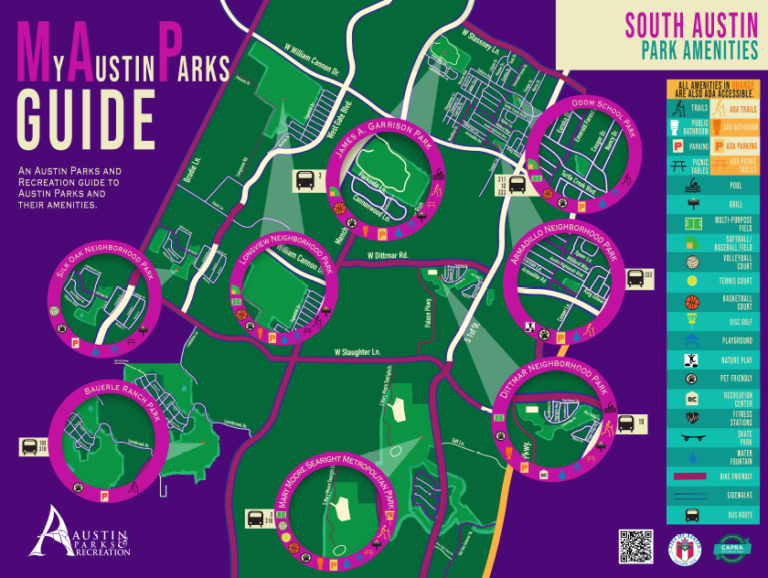
My Austin Parks Guide - Southeast Austin Parks
PARD
An Austin Parks and recreation guide to Austin parks and their amenities.

Physical Activity Breaks for the Workplace
Centers for Disease Control & Prevention
The Physical Activity Breaks for the Workplace Resource Guide is designed for all employers, regardless of size or industry type. It provides many resources and ideas to help employees build short (5–10-minute) activity breaks into their workdays.
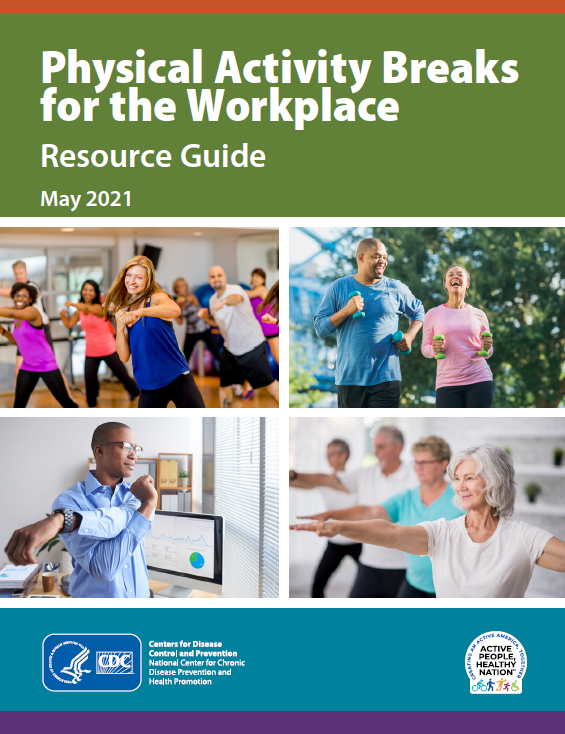
Mental Health
US Surgeon Generals Framework for Workplace Mental Health & Well-Being
U.S. Surgeon General
Workplaces have the power to provide opportunities to be happy and healthy and for employees to belong and to matter, and when they do, everyone is better off. Revitalizing our workplaces to support mental health and well-being is how we can turn a moment of crisis into a moment of progress.
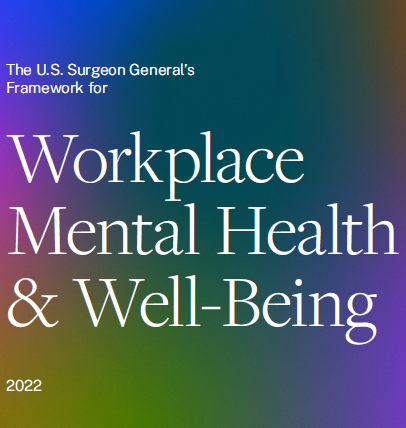
Working Well - Leading a Mentally Healthy Business
The National Alliance on Mental Illness
The Working Well toolkit is a collaborative effort of multiple organizations to help employers foster a workplace that supports mental health and wellness.

Organizational Best Practices Supporting Mental Health in the Workplace
Journal of Occupational and Environmental Medicine
A review of best and promising practices for achieving exemplary mental health in the workplace.

Caregiver Support Toolkit
Austin Public Health
The number of caregivers in the workforce has been increasing in the US. When needs are not addressed through employee wellness policies and programs, employers see higher rates of turnover, absenteeism, and loss of productivity.
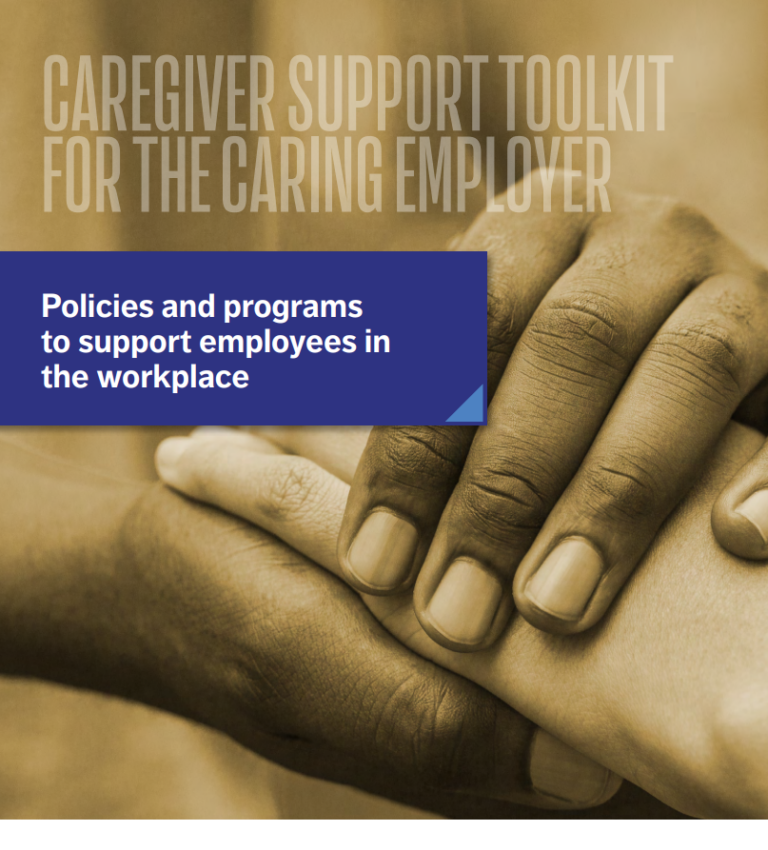
Mental Health in the Workplace
American Heart Association
Surgeon general’s focus on mental health in the workplace mirrors AHA initiative Well-being Works Better.

Why Mental Health Will Be One of the Biggest Topics of 2024
SHRM
Reports show 57% of employees face moderate to severe burnout, with only 48% feeling their employers care, highlighting the urgent need for enhanced mental health support in workplaces.

Supportive Workplaces - Online Training for Leaders
Oregon Institute of Occupational Health Sciences
Advance the health and safety of your workplace with evidence-based, online training programs from the Oregon Institute of Occupational Health Sciences, OHSU.
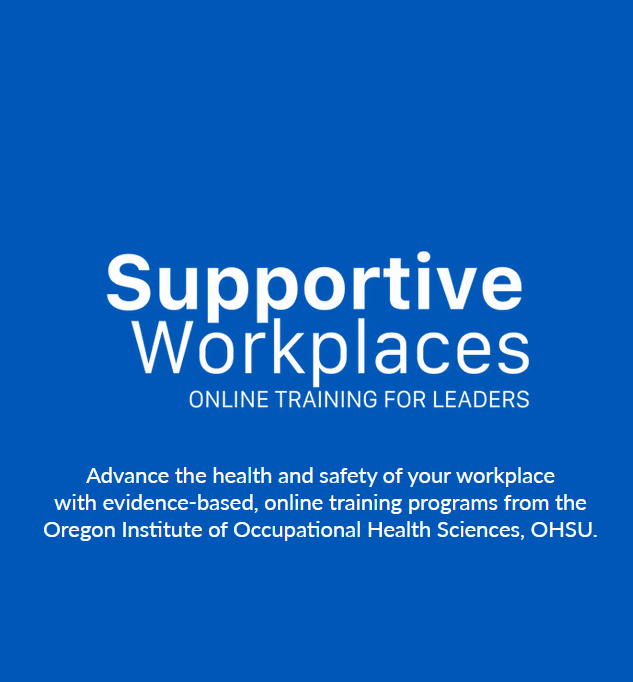
Workplace Mental Health Research
Black Dog Institute
Mental illness is the leading cause of absence and long-term incapacity in the workplace, this makes it a crucial setting for research.

Workplace Mental Health & Well-Being
US Dept. of Health & Human Services
Our workplaces play a significant role in our lives. Work affects both our physical and mental well-being — in good ways and bad. The COVID-19 pandemic brought the relationship between work and well-being into clearer focus.

NIOSH Worker Well-Being Questionnaire (WellBQ)
Centers for Disease Control & Prevention
The NIOSH Worker Well-Being Questionnaire (WellBQ) provides an integrated assessment of worker well-being across multiple spheres.

What is Safety Climate? Webinar
Centers for Disease Control & Prevention
This Total Worker Health® webinar features a discussion with experts on what safety climate is, its impact on worker health, and practical applications.

Workplace Mental Health Toolkit
Employer Assistance and Resource Network (EARN)
Find resources to support the mental health and well-being of all workers.

The 2025 NAMI Workplace Mental Health Poll
NAMI
A NAMI-Ipsos poll conducted in January 2025, which focused on full-time workers employed at companies across industries with at least 100 employees, found that the workforce believes mental health at work to be important but are in need of more information and support from leadership.

The 2024 NAMI Workplace Mental Health Poll
NAMI
A NAMI-Ipsos poll conducted in January 2024, and focused on full-time workers employed at companies with at least 100 employees, found that most Americans believe it’s appropriate to talk about mental health at work but may not be prepared or feel comfortable to do so.
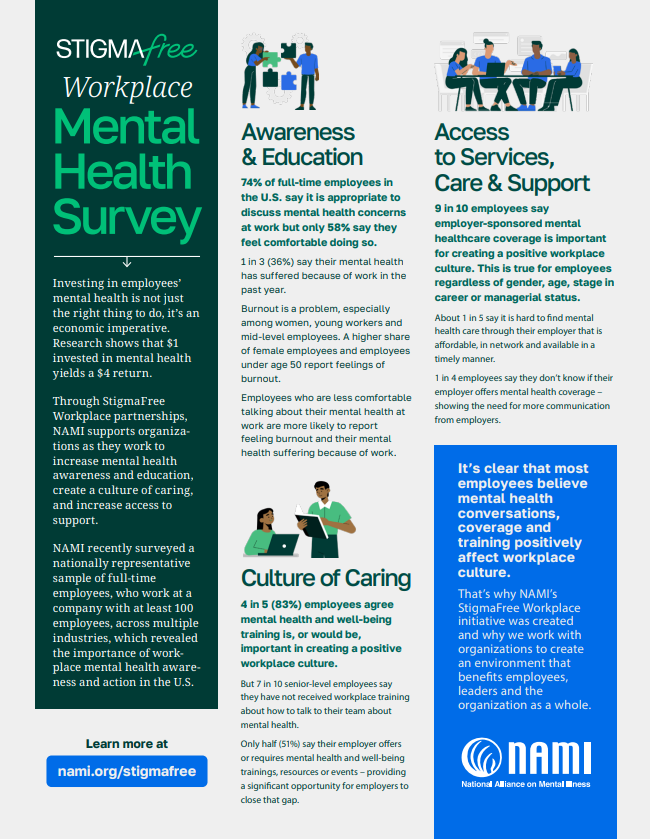
StigmaFree Company
NAMI
There are many ways that an organization can support individuals experiencing mental health challenges, yet the biggest obstacle is often getting employees to utilize those supports and services.

Health Education & Preventative Services
Preventing Chronic Disease in the Workplace
American Journal of Public Health
This article explores strategies for employers to reduce chronic disease risk in the workplace through health promotion, occupational safety, and work-life balance support. It highlights research priorities from a national workshop to improve employee well-being and implement effective workplace health initiatives.

Low-Cost Clinics Map
ConnectATX
Use ConnectATX to find up-to-date information on food, housing, transportation, child care, parenting classes, job training, COVID-19 vaccine, and more.

Free/Low Cost Vaccines
Austin Public Health
Austin Public Health (APH) offers vaccines to uninsured children or Medicaid recipients. Services are also available to uninsured adults.

Psychological Health, Well-Being, and the Mind-Heart-Body Connection
American Heart Association

American Cancer society Guideline for Diet and Physical Activity for Cancer Prevention
American Cancer Society

Texas Mother-Friendly Worksite Program
DSHS
Texas Mother-Friendly Worksites are businesses that support employees who choose to breastfeed their infants. Your business may qualify for designation as a Texas Mother-Friendly Worksite if you have a written and communicated lactation support policy.

Employee Checklist for Taking Leave and Returning to Work
DSHS
This is a comprehensive checklist for mothers who will be planning to take leave and return to work.
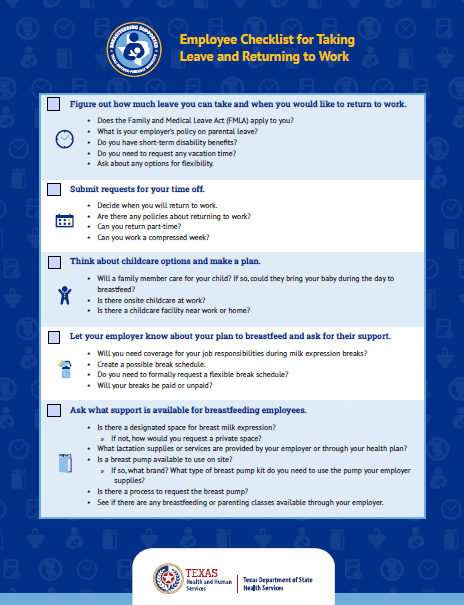
Employee Guide to Taking Parental Leave & Returning to Work
DSHS
Returning to work after the birth of a baby can be hard on parents and caregivers, as well as the baby. This guide will help you plan for taking parental leave and returning to work, and give you the tools to help you keep providing breast milk for your baby.
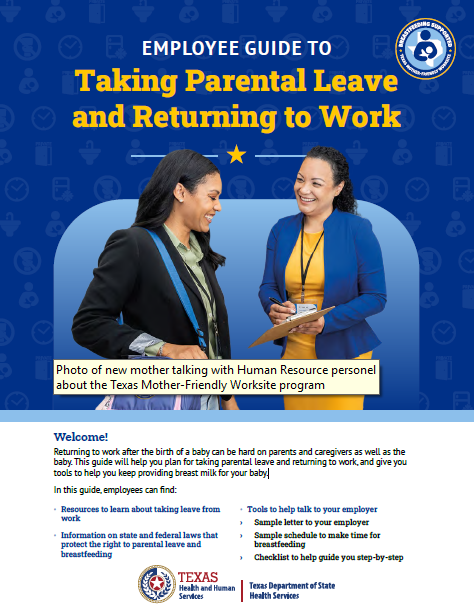
Supporting Nursing Moms at Work - Hotel Solutions
Office on Women's Health
Learn solutions for supporting breastfeeding mothers in different industry settings!

Supporting Nursing Moms at Work - Agricultural Solutions
Office of Women's Health
Learn solutions for supporting breastfeeding mothers in different industry settings!

Supporting Nursing Moms at Work - Manufacturing Solutions
Office of Women's Health
Learn solutions for supporting breastfeeding mothers in different industry settings!

Supporting Nursing Moms at Work - Transportation Solutions
Office of Women's Health
Learn solutions for supporting breastfeeding mothers in different industry settings!

Supporting Nursing Moms at Work - Retail Solutions
Office of Women's Health
Learn solutions for supporting breastfeeding mothers in different industry settings!

Supporting Nursing Moms at Work - Restaurant Solutions
Office of Women's Health
Learn solutions for supporting breastfeeding mothers in different industry settings!

Investing in Workplace Breastfeeding Programs and Policies
National Business Group on Health
This toolkit helps employers invest in workplace breastfeeding programs and policies, reducing healthcare costs, absenteeism, and lost productivity. Supporting breastfeeding employees can improve retention, encourage earlier returns from maternity leave, and promote better health for both mothers and children.
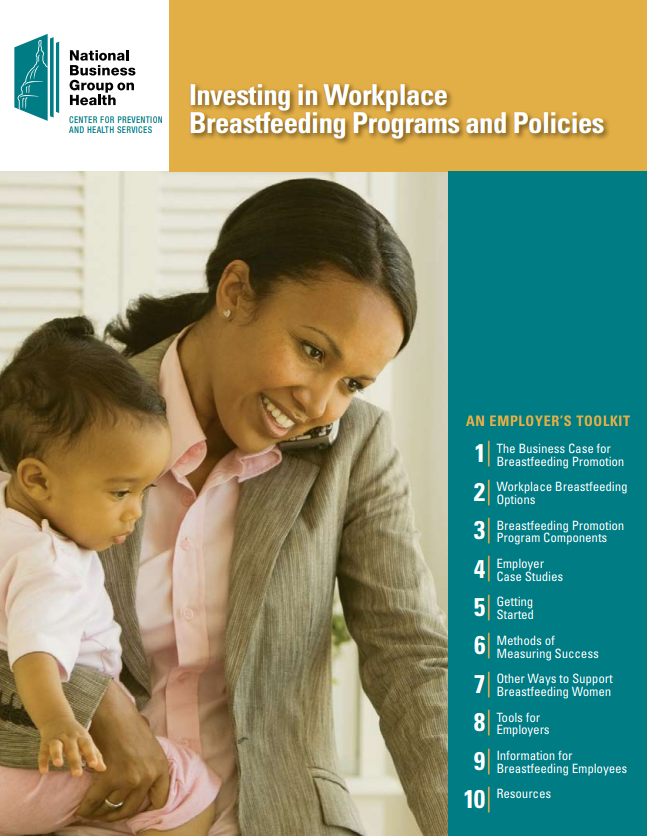
Mother-Friendly Worksite Policy Initiatives Activity Menu
Use this tool to brainstorm ideas that your organization may include in your operating plan to meet the objectives of your worksite lactation support program. Review your assessment findings and select the activities that address your organization’s identified needs.

Financial Wellness
14 Ways Companies Can Promote Financial Wellness Among Employees
Forbes
Supporting employees' financial wellness goes beyond just a paycheck. This article explores 14 expert-recommended strategies for business leaders to help their teams feel more financially secure, reducing stress and boosting workplace engagement.

Your Money, Your Goals Toolkit
Consumer Financial Bureau
This toolkit provides resources to guide meaningful money conversations and support financial decision-making. It helps individuals set goals, manage spending, navigate credit reports, handle debt, track income and bills, and more to improve financial well-being.
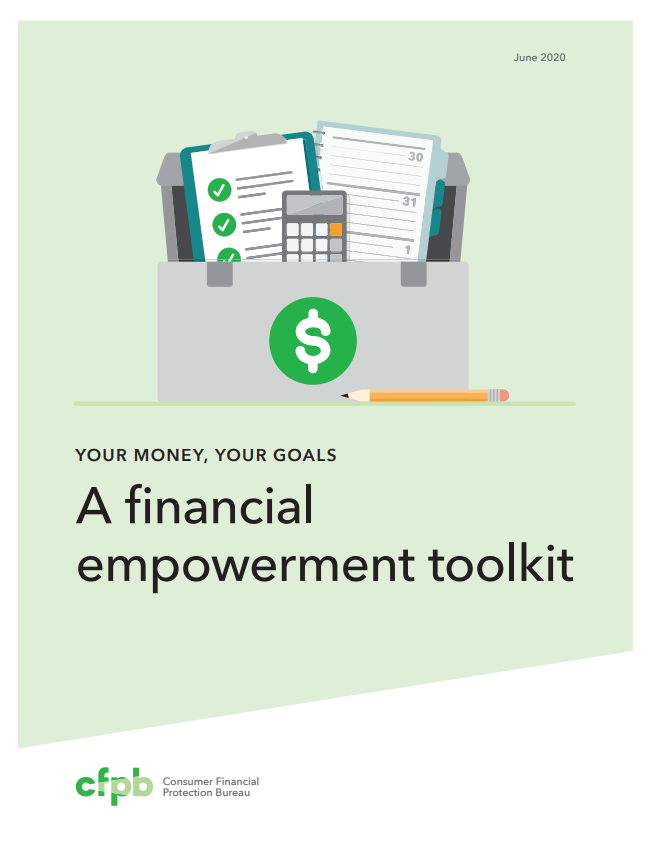
Workplace Wellness Programming
Employees With a Positive Employee Experience are 68% Less Likely to Consider Leaving, New SHRM Research Highlights
SHRM
SHRM’s new report, The Case for Employee Experience, shows that companies with a strong workplace culture see a 68% drop in turnover. When people feel supported, respected, and connected, they stay longer and show up stronger.

CDC Worksite Health Scorecard
Centers for Disease Control & Prevention (CDC)
An assessment tool to promote employee health and well-being.
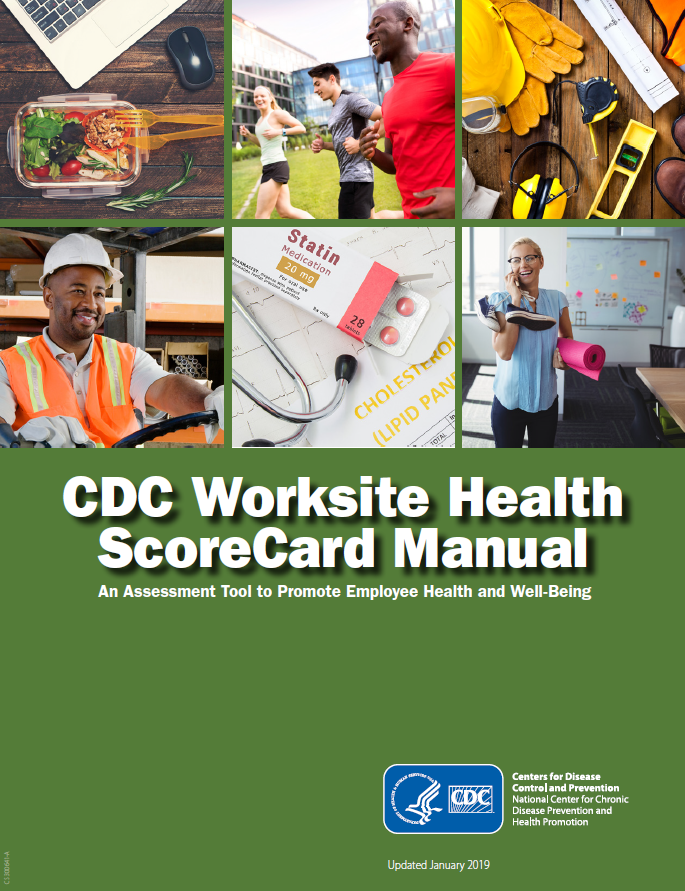
NIOSH Worker Well-Being Questionnaire (WellBQ)
Centers for Disease Control & Prevention (CDC)

Well-Being Works Better
American Heart Association
Well-being Works Better™ is a curated solution to foster, evolve and continuously improve healthy work culture and environment. It’s a suite of health and well-being practices and tools that can help your workforce thrive and ensure your company succeeds.

Strategies for Building a Workplace Health Program
Centers for Disease Control & Prevention (CDC)

Caregiver Support Toolkit
Austin Public Health
The number of caregivers in the workforce has been increasing in the US. When needs are not addressed through employee wellness policies and programs, employers see higher rates of turnover, absenteeism, and loss of productivity.

Tips to Encourage Employee Input
Harvard Center for Work, Health, & Well-Being
Tips for a steering committee or managers to encourage employee input on potential situations in the workplace.
EN ESPANOL
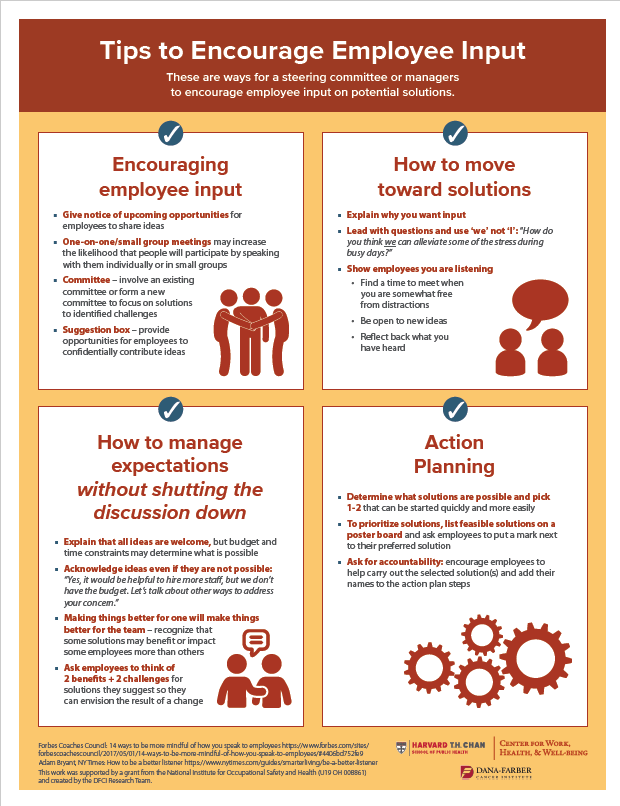
Employee Wellness Infographics
WellSteps
Collection of employee wellness infographics designed to simplify complex wellness concepts and make workplace health initiatives more engaging.

Healthy Workplaces: A Model for Action
World Health Organization (WHO)
For employers, workers, policy-makers, and practitioners to develop healthy workplace initiatives that are adaptable to diverse workplaces and cultures.
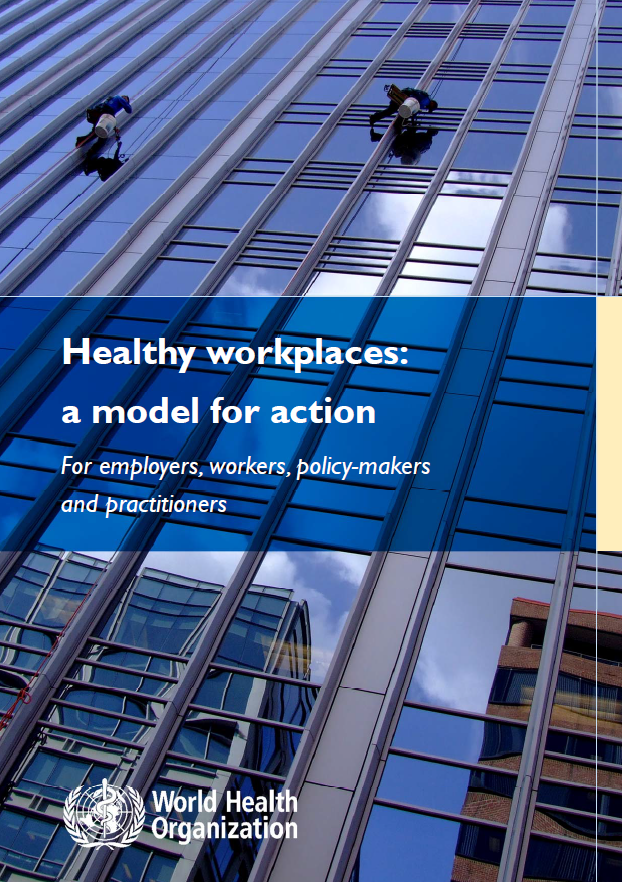
Employers Look to Expand Health Benefits While Managing Medical Costs
McKinsey & Company
A survey of US employers reveals their strategies and approaches for designing appealing health benefits packages and managing costs.

A Comprehensive Worksite Wellness Program in Austin, Texas: Partnership Between Steps to a Healthier Austin and Capital Metropolitan Transportation Authority
Centers for Disease Control & Prevention (CDC)

New Research from Fidelity and Business Group on Health Finds Employers Answering the Call for Help: Focusing on Mental and Physical Health & Work/Life Balance as Employees Return to the Office
Business Group on Health

Survey From Fidelity Investments, Business Group on Health- Employers View Well-Being As Key Part of Workforce Strategy, Despite Economic Pressures
Fidelity Investments

Manual for Developing a Worksite Wellness Plan
Building Healthy Texans
No employee is immune to the risks of chronic disease. Healthy behaviors such as physical activity, good nutrition, and stress reduction can reduce the risk of heart disease, high blood pressure, osteoporosis, diabetes, overweight, and some cancers.
